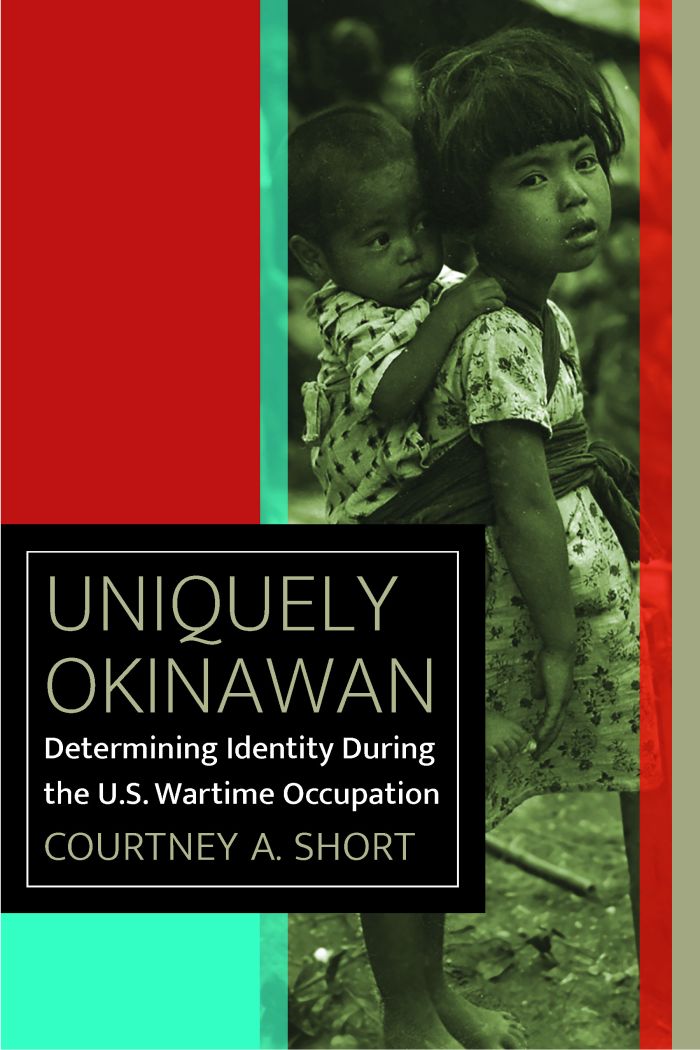Uniquely Okinawan
Determining Identity During the U.S. Wartime Occupation

This book can be opened with

In a meticulously researched study including oral history accounts from both U.S. and Okinawan sources, Short composes a compelling narrative to explore constructions of race and identity amid the wartime and postwar encounters between the American military and Okinawans. The archival evidence she engages with reveals the multi-layered individual stories of a twice-colonized people. Short argues that Okinawan culture permitted the people to reclaim an identity distancing themselves from a defeated imperial Japan, while also negotiating an uneasy relationship with their new American occupiers that continues to evolve.—Annika A. Culver, Associate Professor of East Asian History, Florida State University
This well-researched and organized work addresses how the US armed forces engaged the fraught question of how the Okinawa population would react to the April 1945 US invasion. This is far more than an admirable study of an interesting episode in the Pacific War. It abounds in lessons in planning and then handling encounters with diverse civilian populations caught on a battlefield with US forces.—Richard B. Frank, leading authority on the Asia-Pacific War, and author of Downfall: The End of the Imperial Japanese Empire
...Uniquely Okinawan is essential reading for anyone studying military-civilian relationships and policy during World War II... a fascinating study that could be easily integrated into graduate-level and professional military education courses.—H-Net Reviews
Twiter
Introduction | 1
1 Identifying the Enemy: US Army Wartime Occupation Policy | 21
2 US Marine Discipline: Strict Directives in Wartime
Marine Military Government | 32
3 “Japanese” Warriors? Okinawan Preparation for Battle | 45
4 The US Fights Overseas: Americans Charge
toward the Battlefield | 51
5 Having a Say: Okinawan Constructions of Identity | 59
6 Policy into Action: The US Army Hits the Shore | 74
7 Benevolent Captors? Okinawans Encounter the Americans | 90
8 No Initiative: Unbending Policy, Rigid US Marine Action | 102
9 The US Navy Period: Navigating the Transition to Peace | 124
10 New Visions, New Interpretations of Identity:
The Expansion of US Navy Military Government | 140
Conclusion | 155
Acknowledgments | 163
Notes | 167
Bibliography | 223
Index | 237
Photographs follow page 58




